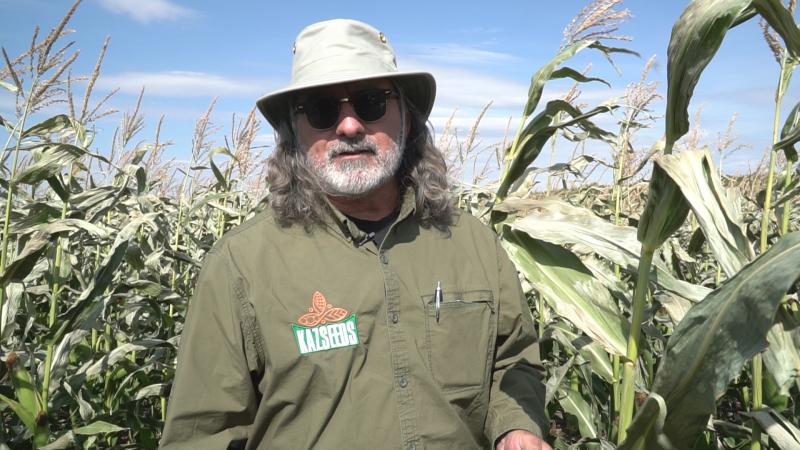
Edward Baumgartner, director of the seed company KAZSEEDS, told World of NAN that the company intends to open a seed plant in Kazakhstan.
KAZSEEDS is already well established on the Kazakhstani market. For example, Kusto Farming agronomist Andrey Khomenko praised the company's seeds. The agronomist made his assessment by analyzing the experimental field in the village of Malika Gabdulina. There, 15 different varieties of corn are grown on the demo plot. Since growing corn in Northern Kazakhstan is risky business, growers wanted to find out which hybrid and technology is better to use. Experiments on sowing dates, density of standing, hybrids and mineral nutrition systems were laid at the plot. It is worth noting that all crops were grown without artificial irrigation.
"Despite the drought, the ears are not bad, we expected worse. I think we will definitely remove earlage here, maybe even field corn. Of the varieties available on the demo plot, the KAZSEEDS hybrids look the most decent. We are pleased with how they give moisture. So the earliest in terms of timing will be 'Aliya', and the biggest swath will give us hybrids 'Lola' and 'Ramona', - shared his analysis Andrey.
Edward Baumgartner, director of KAZSEEDS is also satisfied with the results on the experimental field. However, in his opinion, the best indicator is the production field. Earlier we told you about how 10,000 hectares of corn were planted for KazBeef using No-Till technology. One of those fields is across the street from the demo site.
"The drought, of course, has had a negative effect on the corn," Edward started talking about the production field. - But I think we'll be able to get the planned crop here, we'll have grain and earlage on half of the fields. The No-Till technology has allowed us to conserve some moisture, but it is not enough, because we have just started working on it. For example, in the U.S., farmers are getting more crops, even though the rainfall there is much less than here. Farmers there have been working with No-Till technology for many years, and because of this they have accumulated and stored more moisture. I think in a few years we can achieve the same good results".
The seed grower also added that farmers from the U.S. are very interested in the hybrid corn "Alia". This hybrid was developed with Northern Kazakhstan in mind and tested in North Dakota, regions with similar climatic conditions. Because it is a new hybrid, it has generated genuine interest among American farmers.
"We've been getting a lot of enquiries about Aliya. But this is the first hybrid with a Kazakh name, so we have to make it available to Kazakh farmers first and foremost. We even sacrificed the volume that was intended for the American market, so that "Aliya" grows here and benefits local farmers, "- said Edward Baumgartner.
Today, the company imports seed from the U.S., but KAZSEEDS is working to find suitable sites for seed production and to build a cleaning, grading and packaging plant in Kazakhstan. Local governments have already promised to help find and provide land.
"Having a plant without production land is not feasible. It depends on many factors - the quality of land, water and developed infrastructure. Also, human capital is an important part of the puzzle, because during the blooming period a large number of workers is needed," added Serik Ramazanov, general director of KAZSEEDS.
According to him, the company is in the process of registering corn, soybean and barley seeds, which is a legal requirement to start seed production in Kazakhstan. KAZSEEDS plans to introduce a new corn hybrid for the sowing season of 2022, and also in 2023, 3-4 new hybrids may enter the Kazakhstan market.



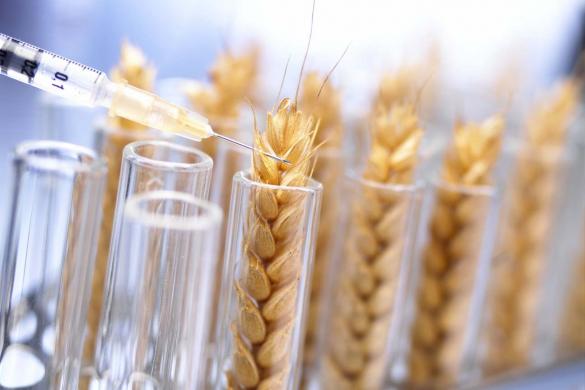
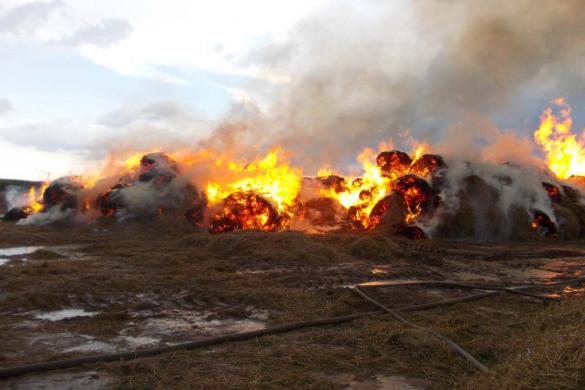
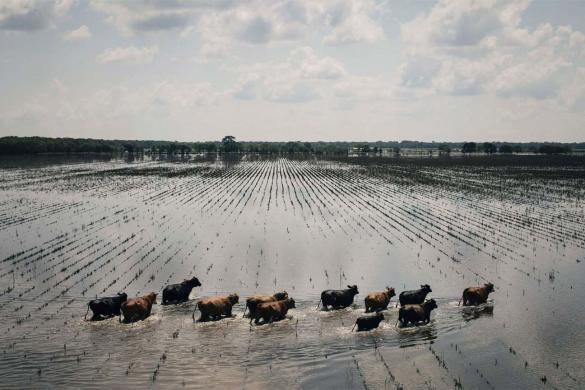








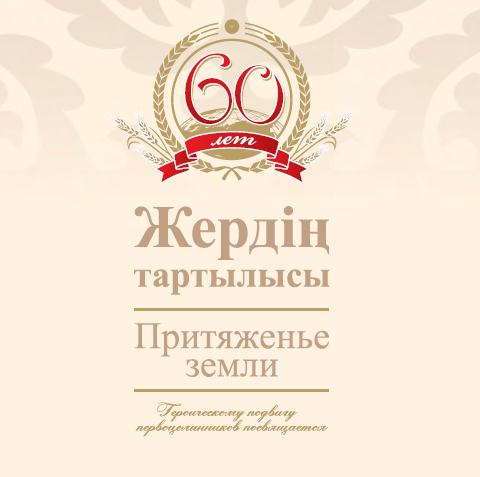
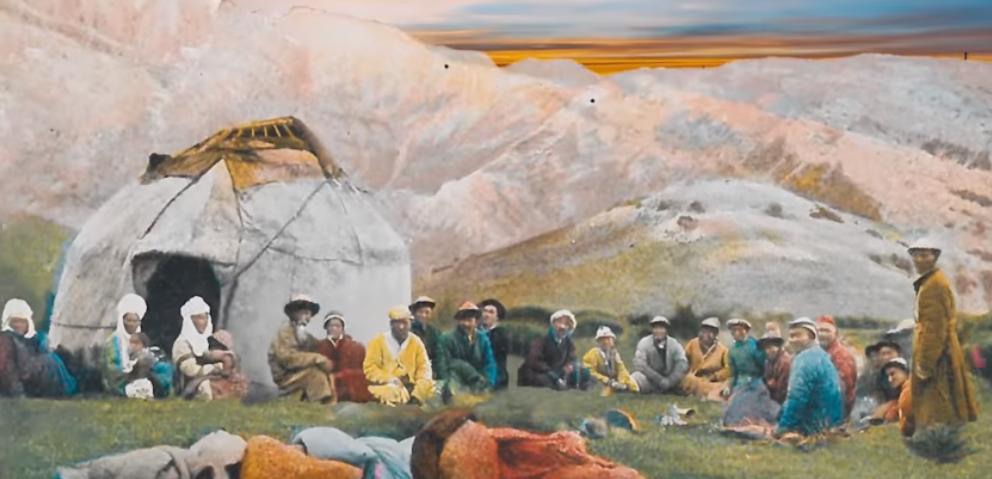
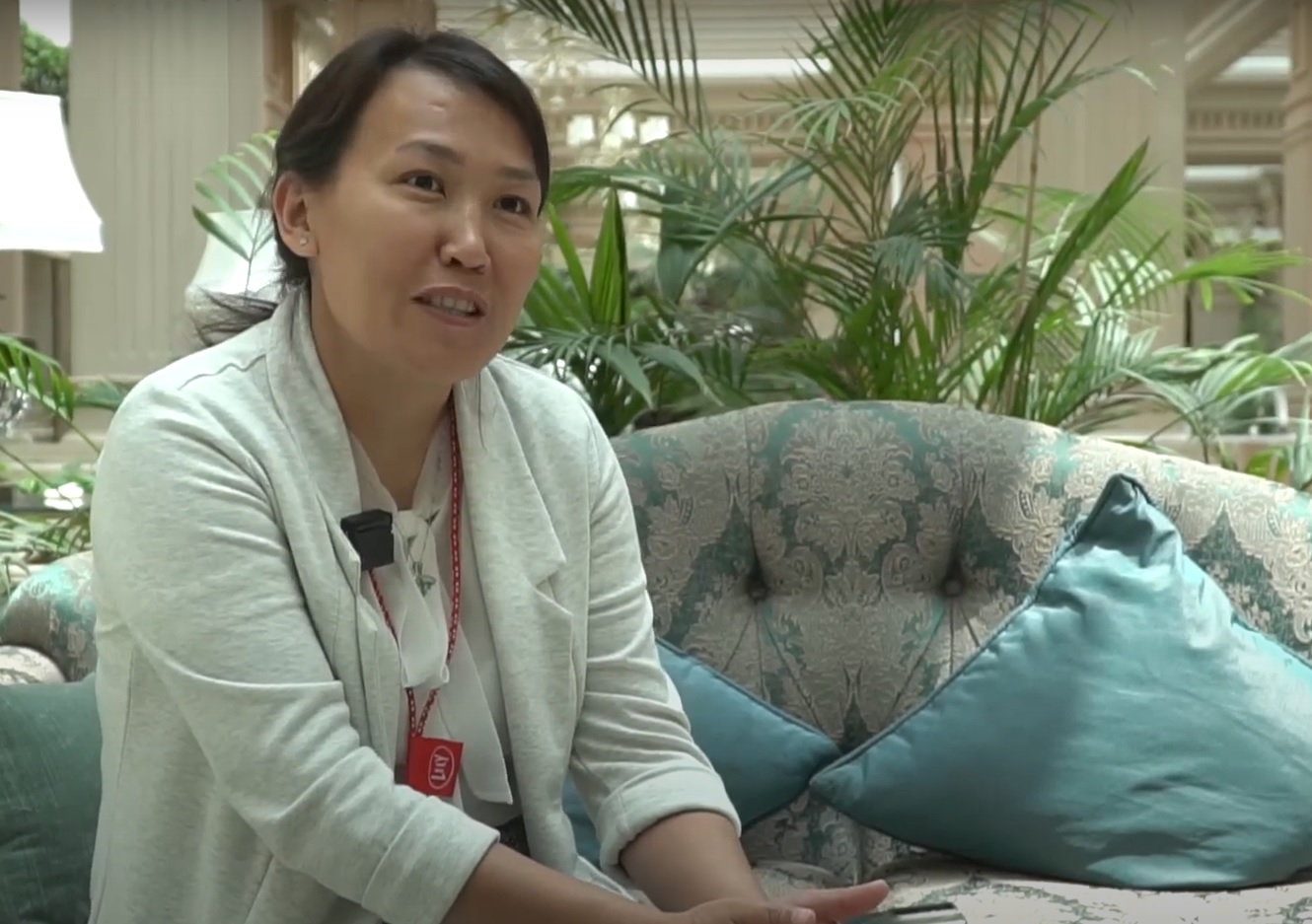
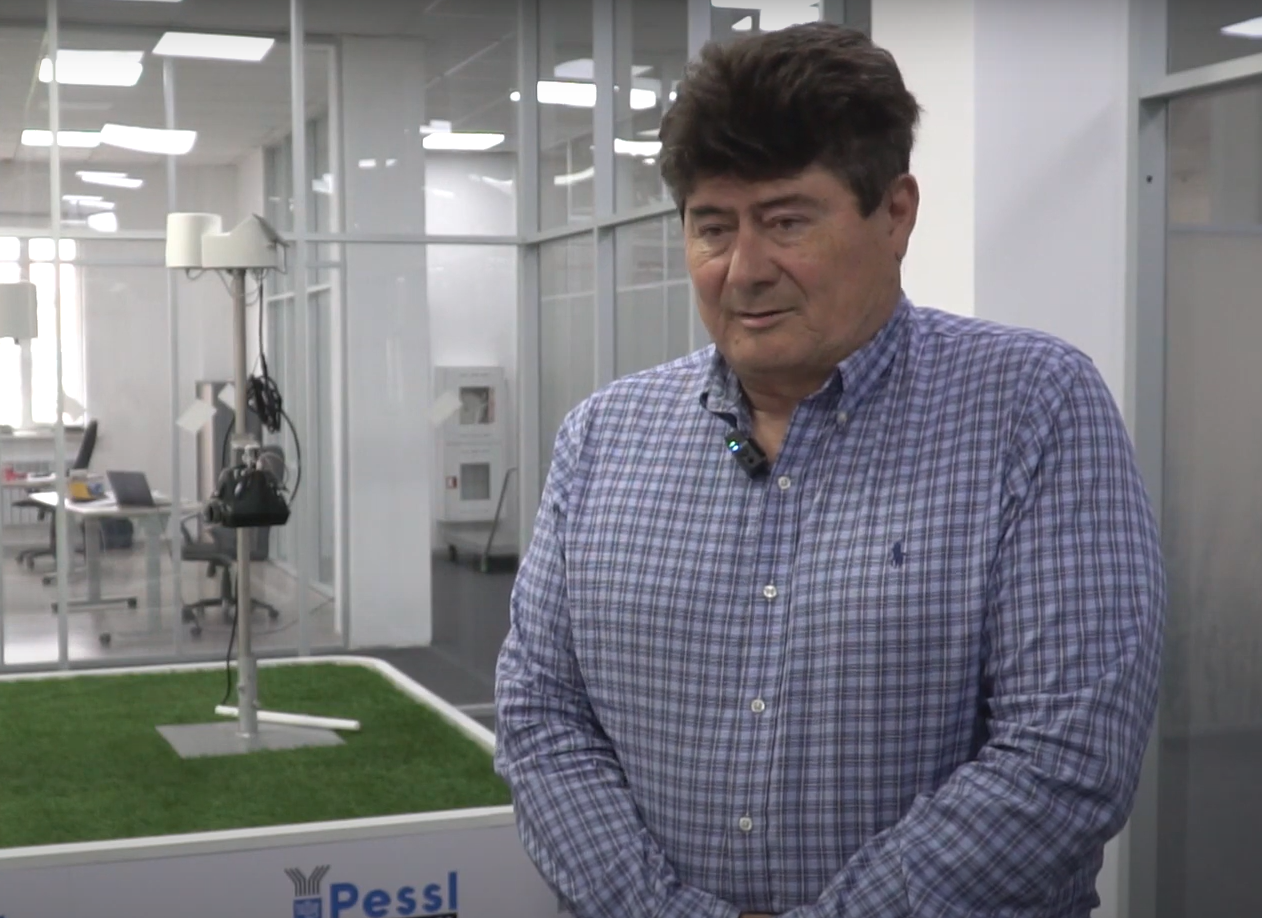
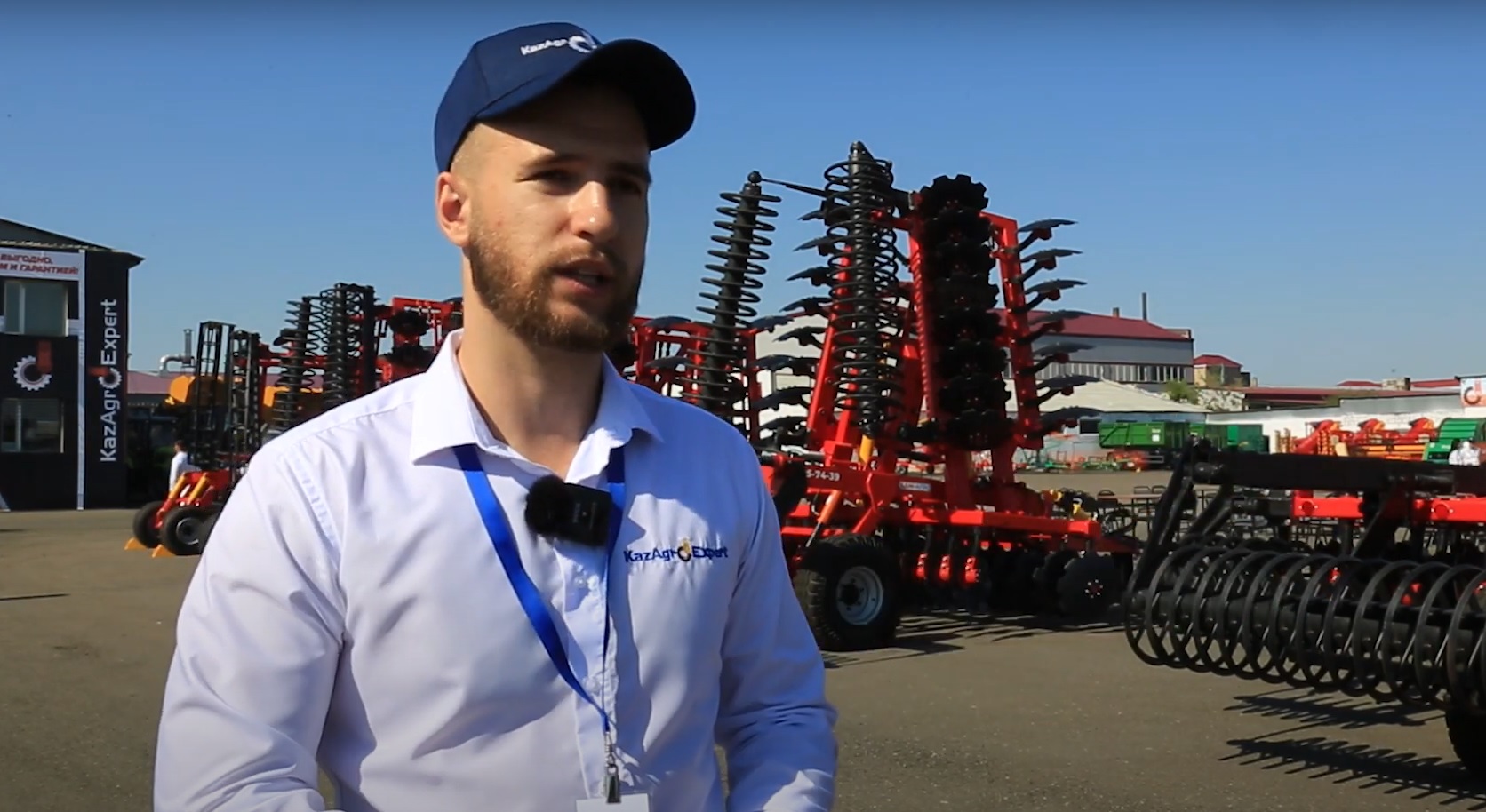
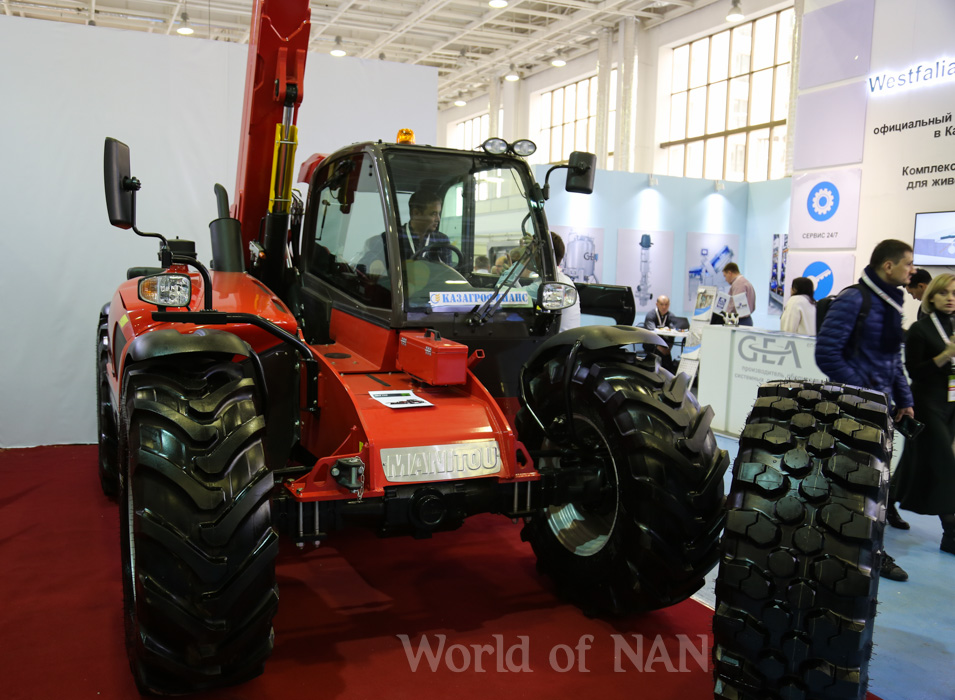
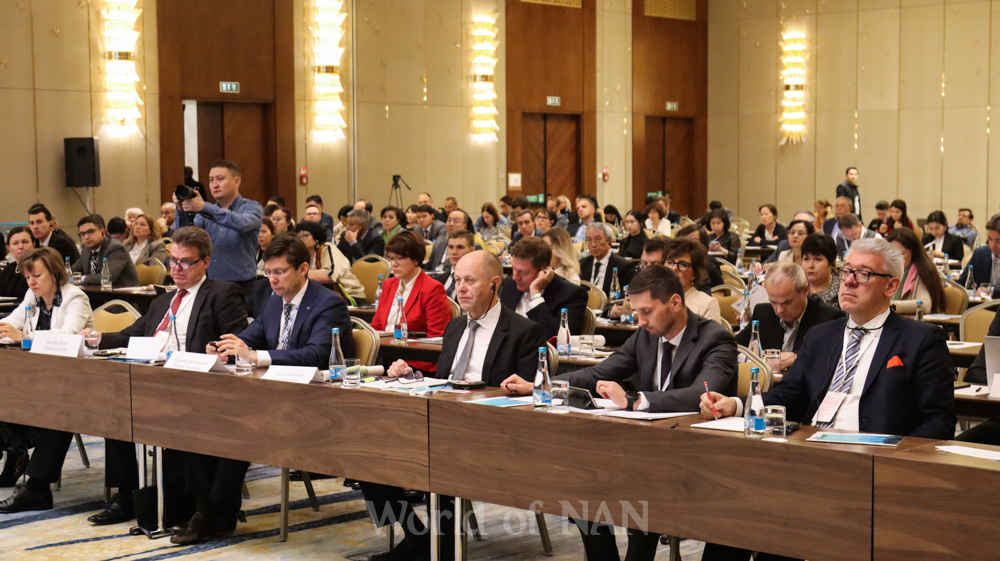
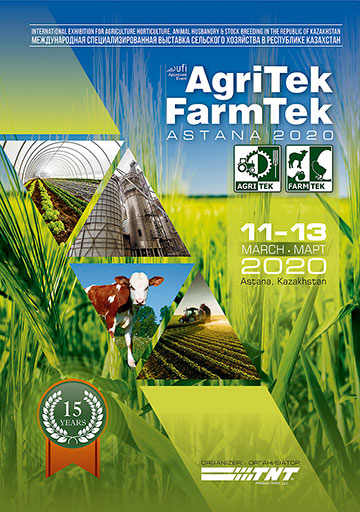



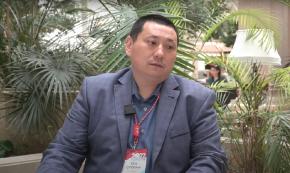
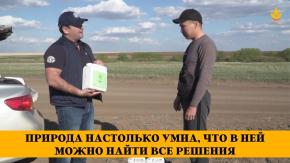
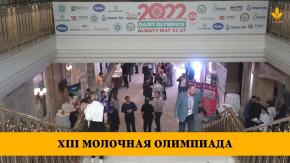
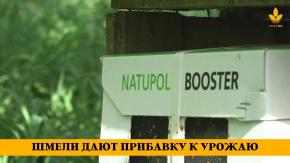

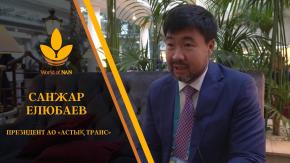

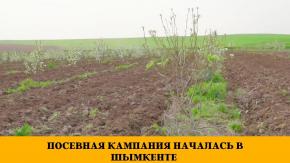


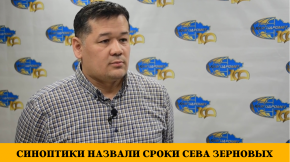


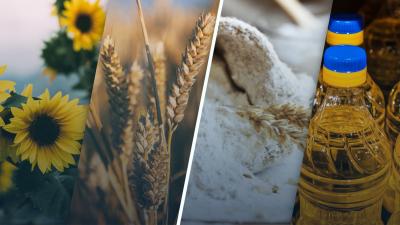

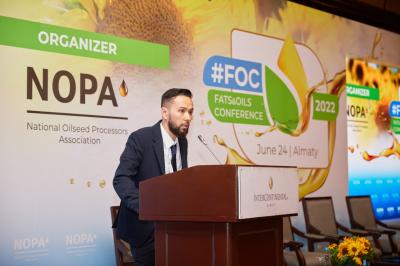



Обсуждение